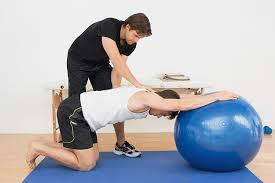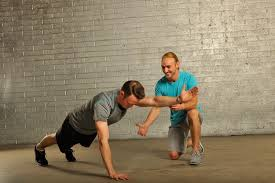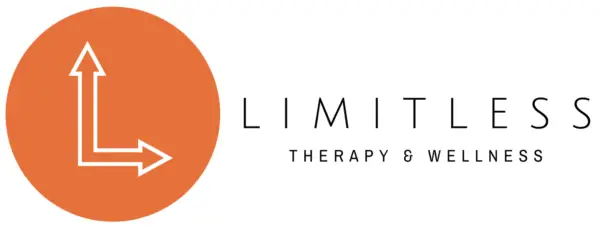Physical therapists are unsung heroes in the realm of healthcare, working tirelessly to help individuals regain their strength, improve mobility, enhance motor control, and restore balance. One of the key tools in our arsenal is the use of corrective exercises, a targeted and personalized approach to rehabilitation. In this blog post, we’ll explore how Limitless physical therapists leverage corrective exercises to empower our patients on the journey to optimal physical well-being.
Corrective exercises are specific movements and activities designed to address musculoskeletal imbalances, dysfunction, and movement patterns that may contribute to pain or limitations. These exercises are tailored to an individual’s unique needs and challenges, making them an essential component of any effective physical therapy program.
Here are just a few ways that corrective exercises are able to assist in the recovery and rehabilitation process:
1. Identifying Weaknesses and Imbalances: Limitless physical therapists begin by conducting a thorough assessment to identify weaknesses, imbalances, and dysfunctional movement patterns. This may involve analyzing posture, gait, and joint mobility, as well as assessing muscle strength and flexibility. By pinpointing specific areas of concern, our therapists can create targeted interventions to address the root causes of their patients’ issues.
2. Improving Strength: Corrective exercises are instrumental in building strength, focusing on both the affected and surrounding muscles. Through a progressive and individualized approach, patients gradually increase resistance and intensity, promoting muscle adaptation and growth. Strengthening exercises help stabilize joints, improve functional capacity, and reduce the risk of future injuries.

3. Enhancing Mobility: Mobility is crucial for overall physical well-being, and corrective exercises play a pivotal role in restoring and enhancing it. Therapists incorporate dynamic stretching, joint mobilizations, and specific movements that address limitations in range of motion. These exercises not only alleviate stiffness but also contribute to improved flexibility and joint function.
4. Refining Motor Control: Motor control refers to the ability to coordinate and execute movements accurately. Injuries or chronic conditions can disrupt this coordination, leading to compensatory patterns that may exacerbate the problem. Corrective exercises focus on retraining the neuromuscular system, helping patients regain optimal motor control and movement precision. This not only aids in rehabilitation but also reduces the risk of recurring issues.

5. Restoring Balance: Balance is a fundamental aspect of physical well-being, and it is often compromised after injuries or due to musculoskeletal issues. Limitless physical therapists use specific exercises that challenge balance and proprioception, helping individuals regain stability and confidence in their movements. This is particularly important for older adults or those recovering from conditions affecting balance.
Corrective exercises are the cornerstone of a great musculoskeletal rehabilitation plan, addressing a wide range of issues from muscle imbalances to joint dysfunction. By focusing on improving strength, mobility, motor control, and balance, Limitless physical therapists empower their patients to overcome physical challenges and achieve optimal function. The personalized and targeted nature of corrective exercises makes them a powerful tool in the hands of our skilled therapists, guiding individuals on a path to greater well-being and an improved quality of life.
If you’re curious about how an individualized corrective exercise plan could help you, give us a call or fill out the contact form here on the website!




